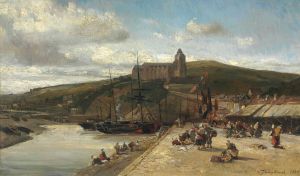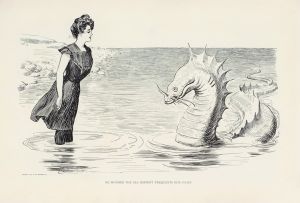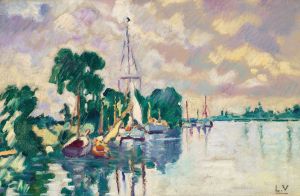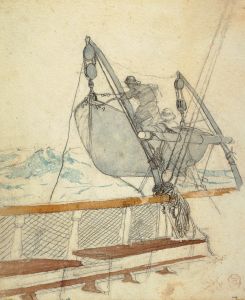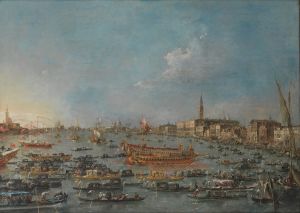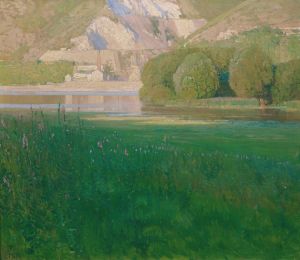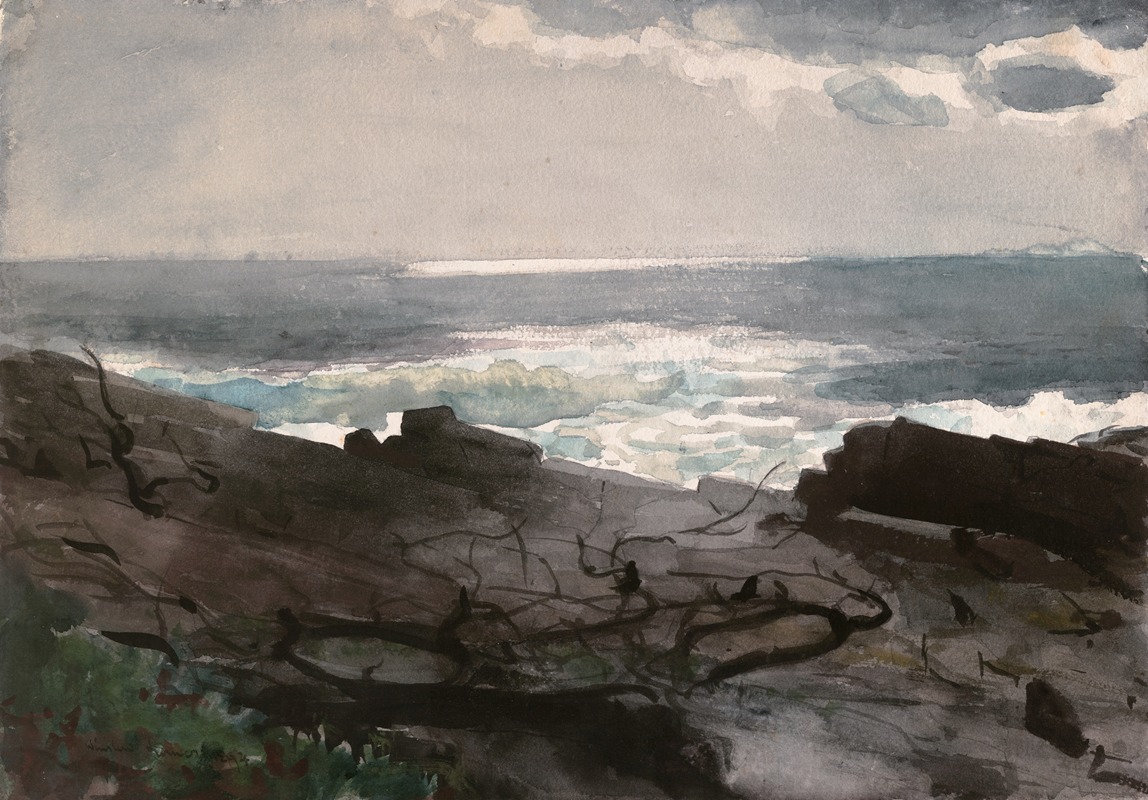
Sunshine and Shadow, Prout’s Neck
A hand-painted replica of Winslow Homer’s masterpiece Sunshine and Shadow, Prout’s Neck, meticulously crafted by professional artists to capture the true essence of the original. Each piece is created with museum-quality canvas and rare mineral pigments, carefully painted by experienced artists with delicate brushstrokes and rich, layered colors to perfectly recreate the texture of the original artwork. Unlike machine-printed reproductions, this hand-painted version brings the painting to life, infused with the artist’s emotions and skill in every stroke. Whether for personal collection or home decoration, it instantly elevates the artistic atmosphere of any space.
"Sunshine and Shadow, Prout’s Neck" is a painting by the renowned American artist Winslow Homer, created in 1886. Homer is celebrated for his powerful and evocative depictions of the American landscape and seascape, and this work is a testament to his mastery in capturing the interplay of light and atmosphere.
Prout’s Neck, located in Scarborough, Maine, was a significant place for Homer. After returning from an extended stay in England, Homer settled at Prout’s Neck in 1883, where he lived and worked for the rest of his life. The rugged coastline and the dramatic weather conditions of the area provided endless inspiration for his art. "Sunshine and Shadow, Prout’s Neck" is one of the many works he created that reflect his deep connection to this locale.
The painting is an oil on canvas, a medium Homer frequently employed to convey the rich textures and dynamic light effects of his subjects. In "Sunshine and Shadow, Prout’s Neck," Homer explores the contrast between light and shadow, a recurring theme in his work. The composition likely features the rocky shoreline and the vast expanse of the sea, elements that are characteristic of Prout’s Neck and often appear in Homer’s paintings.
Homer’s technique in this painting, as in many of his works, is marked by a robust and vigorous brushwork that captures the essence of the natural world. His use of color and light is particularly noteworthy, as he skillfully balances the bright, sunlit areas with the cooler, shadowed regions, creating a dynamic and harmonious composition. This interplay of light and shadow not only enhances the visual impact of the painting but also evokes a sense of the transient and ever-changing nature of the coastal environment.
The painting reflects Homer’s interest in the themes of solitude and the sublime beauty of nature. His works from Prout’s Neck often convey a sense of isolation and introspection, perhaps mirroring his own retreat from the bustling art scene of the time to the quietude of the Maine coast. "Sunshine and Shadow, Prout’s Neck" can be seen as an exploration of these themes, inviting viewers to contemplate the serene yet powerful forces of nature.
Homer’s legacy as one of America’s foremost artists is firmly established, and his works continue to be celebrated for their technical brilliance and emotional depth. "Sunshine and Shadow, Prout’s Neck" is a fine example of his ability to capture the essence of a place and moment, offering a glimpse into the natural beauty that so profoundly inspired him.
The painting is part of the collection of the Sterling and Francine Clark Art Institute in Williamstown, Massachusetts, where it is preserved and displayed for public viewing. The institute is known for its extensive collection of American and European art, and Homer’s work is a significant highlight, attracting art enthusiasts and scholars alike who are interested in exploring the rich tapestry of American art history.






